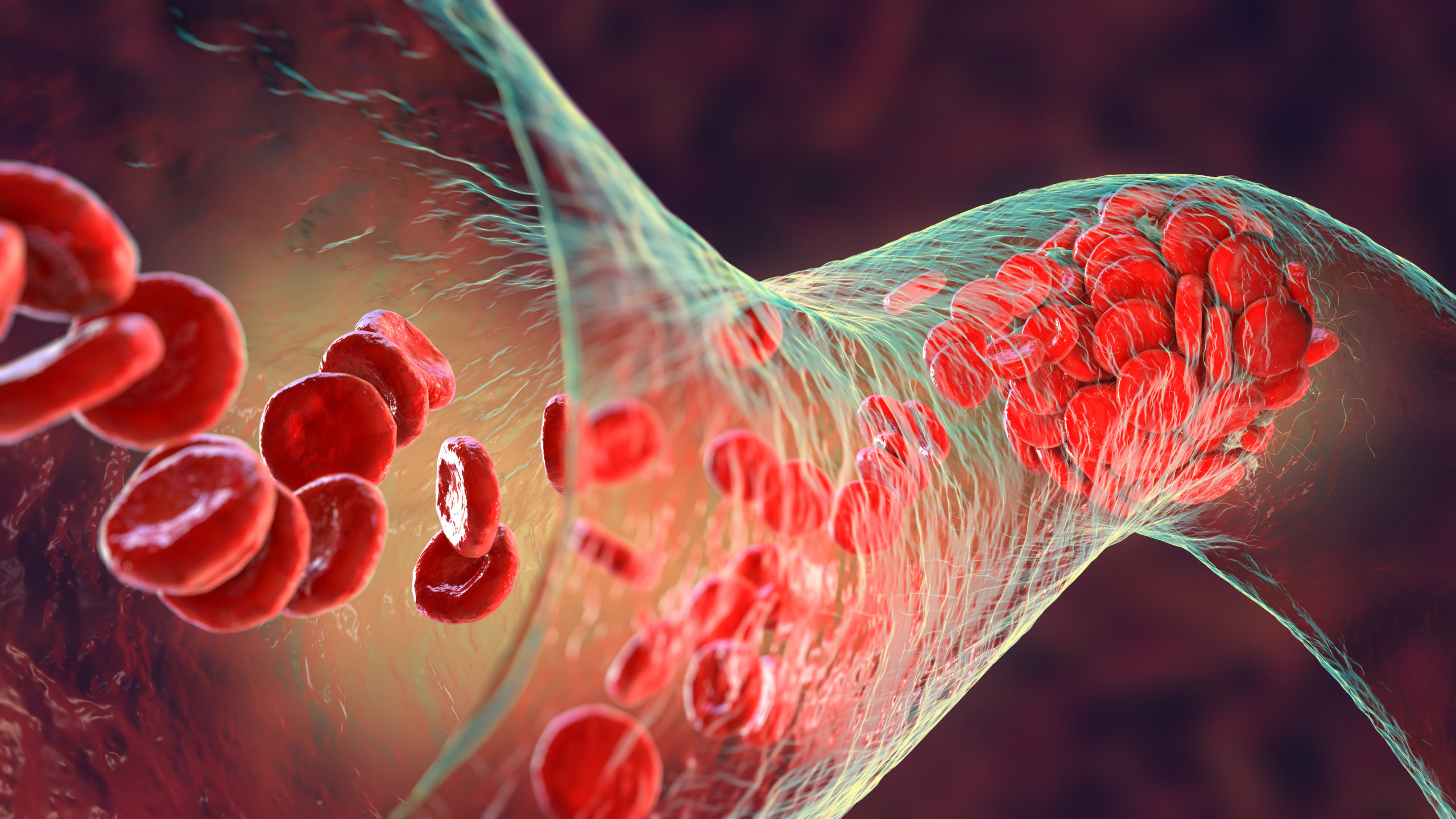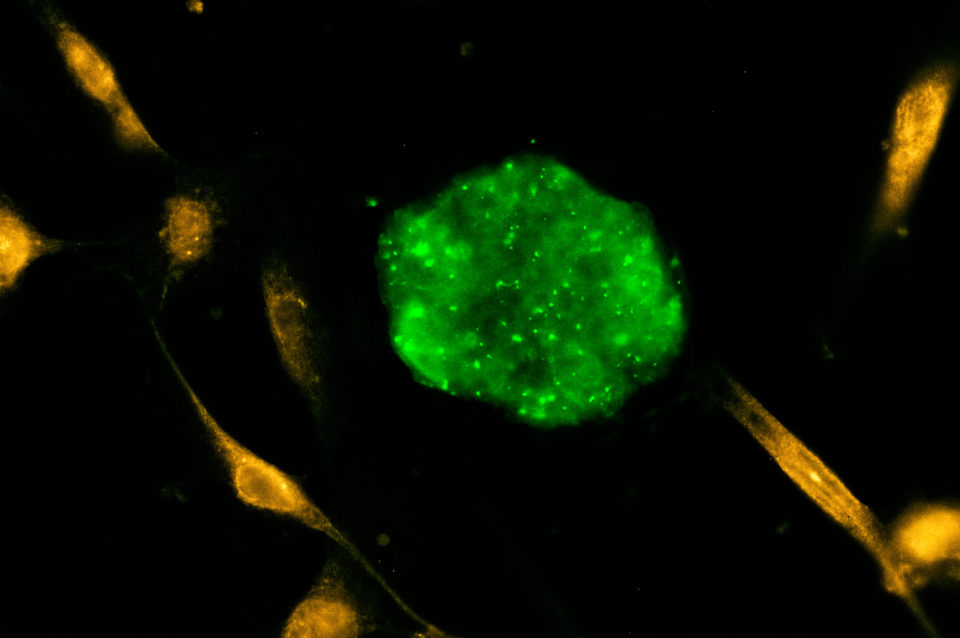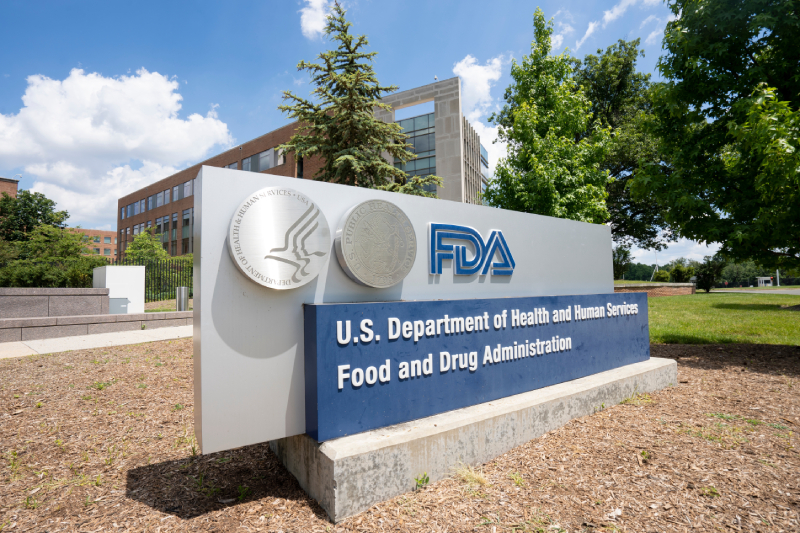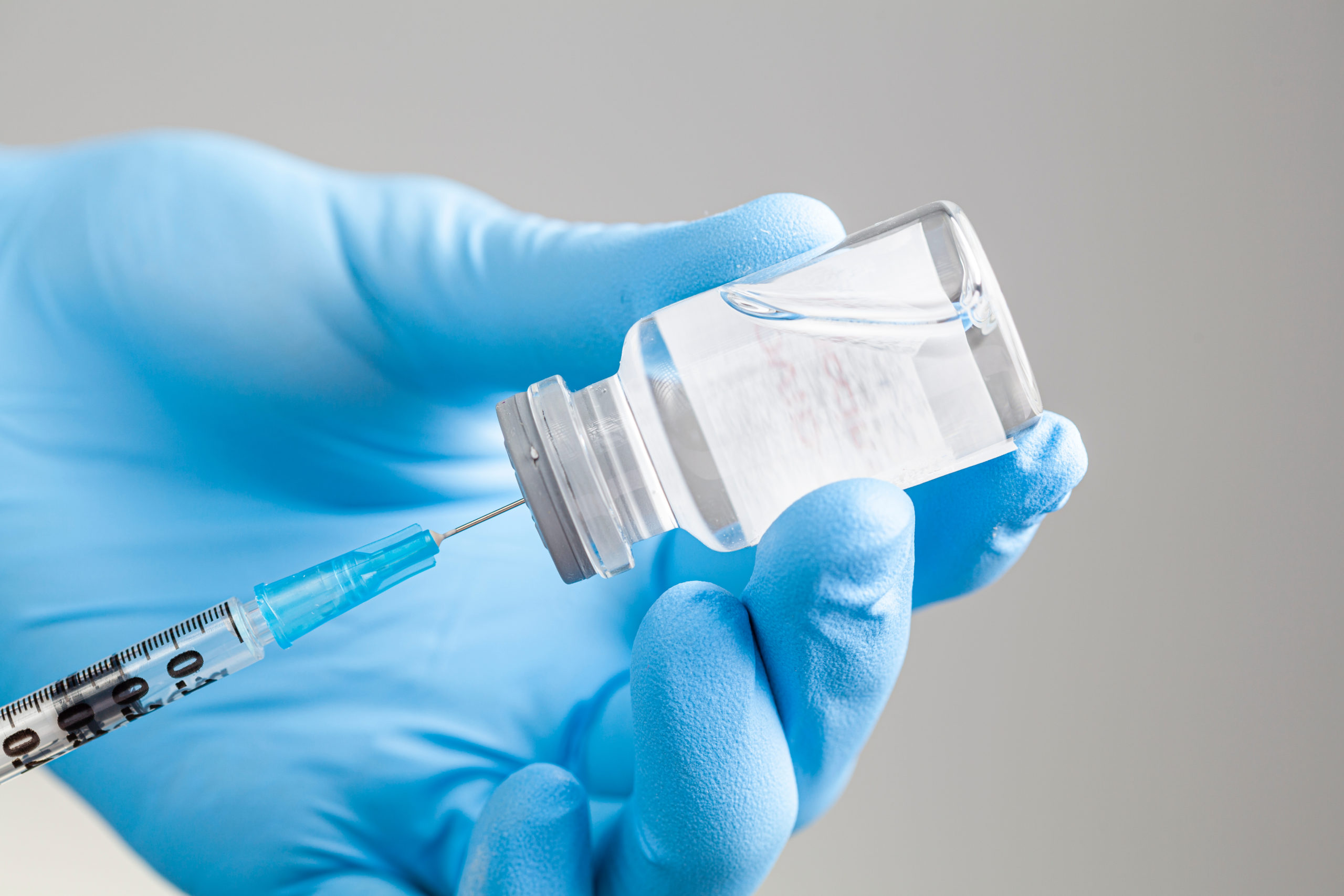
Among patients with severe hemophilia receiving treatment on demand, annualized joint bleeding rate (AJBR) was associated with free tissue factor pathway inhibitor (fTFPI) levels, and fTFPI affected patients’ thrombin generation (TG) potential, a new study showed.
“The severity of the bleeding phenotype, characterized by a low TG potential, is correlated with the extent of deficiency of the factor concerned,” study researchers explained. “However, the clinical expression of hemophilia in terms of bleeding can vary from one patient to another despite their presenting the same degree of coagulation factor deficiency, suggesting that other factors may play a role.”
In this study, the researchers sought to investigate the relationships between bleeding rate and TG potential, TG potential and fTFPI level, and between fTFPI level and bleeding rates. The study included data on bleeding episodes from patients with severe hemophilia A (n=34) or severe hemophilia B (n=19) gathered from follow-up visits that occurred over a period of five to 10 years.
What Causes Bleeding in Severe Hemophilia?
Overall, the mean fTFPI level was 12.5 ng/mL. There was no difference in mean fTFPI levels between patients with hemophilia A or hemophilia B (median 10.5 vs 13.3 ng/mL).
The researchers noted that the results of this study “did not confirm the results of a previous retrospective study performed in patients with hemophilia A or B patients irrespective of severity that showed a difference in fTFPI levels between patients with hemophilia A and those with hemophilia B,” adding that they had no explanation for the difference between the results of these two studies.
Mean values of endogenous thrombin potential (ETP) and thrombin peak in platelet-poor plasma were significantly twice as high when fTFPI levels were <9.4 compared with >14.3 ng/mL (287.4 ± 111.1 vs 142.6 ± 69.1 nmol; P=.002 and 12.4 ± 5.6 vs. 5.1 ± 2.6 nmol; P=.001, respectively).
ETP values in platelet-rich plasma were also doubled in patients with fTFPI below 9.4 ng/mL compared with above 14.3 ng/mL; however, these differences were not statistically significant.
“Keeping in mind that platelets represent a major source of TFPI, the absence of a statistically significant difference in ETP and peak values in PRP according to fTFPI level measured in PPP may have reflected the fact that TFPI present within the platelets was not taken into account,” the researchers wrote.
Among those patients treated on demand, ETP and peak PRP were doubled when AJBR was ≤4.9; AJBR was halved in patients with low fTFPI level. Among those patients receiving prophylaxis, there was no association between TG parameters and fTFPI or AJBR.
Related: Fidanacogene Elaparvovec-dzkt Approved by FDA for Hemophilia B
Reference
Tardy-Poncet B, Montmartin A, Chambost H, et al. Relationship between plasma tissue Factor Pathway Inhibitor (TFPI) levels, thrombin generation and clinical risk of bleeding in patients with severe haemophilia A or B. Haemophilia. 2024. doi: 10.1111/hae.15020.







 © 2025 Mashup Media, LLC, a Formedics Property. All Rights Reserved.
© 2025 Mashup Media, LLC, a Formedics Property. All Rights Reserved.